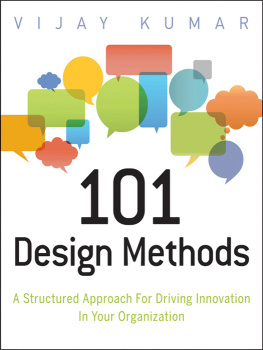Sharma Vijay Kumar - Python Programming
Here you can read online Sharma Vijay Kumar - Python Programming full text of the book (entire story) in english for free. Download pdf and epub, get meaning, cover and reviews about this ebook. year: 2021, publisher: CRC Press LLC, genre: Computer. Description of the work, (preface) as well as reviews are available. Best literature library LitArk.com created for fans of good reading and offers a wide selection of genres:
Romance novel
Science fiction
Adventure
Detective
Science
History
Home and family
Prose
Art
Politics
Computer
Non-fiction
Religion
Business
Children
Humor
Choose a favorite category and find really read worthwhile books. Enjoy immersion in the world of imagination, feel the emotions of the characters or learn something new for yourself, make an fascinating discovery.
- Book:Python Programming
- Author:
- Publisher:CRC Press LLC
- Genre:
- Year:2021
- Rating:3 / 5
- Favourites:Add to favourites
- Your mark:
- 60
- 1
- 2
- 3
- 4
- 5
Python Programming: summary, description and annotation
We offer to read an annotation, description, summary or preface (depends on what the author of the book "Python Programming" wrote himself). If you haven't found the necessary information about the book — write in the comments, we will try to find it.
Python Programming — read online for free the complete book (whole text) full work
Below is the text of the book, divided by pages. System saving the place of the last page read, allows you to conveniently read the book "Python Programming" online for free, without having to search again every time where you left off. Put a bookmark, and you can go to the page where you finished reading at any time.
Font size:
Interval:
Bookmark:

Vijay Kumar Sharma
Vimal Kumar
Swati Sharma
Shashwat Pathak

First edition published 2022
by CRC Press
6000 Broken Sound Parkway NW, Suite 300, Boca Raton, FL 33487-2742
and by CRC Press
2 Park Square, Milton Park, Abingdon, Oxon, OX14 4RN
2022 Taylor & Francis Group, LLC
CRC Press is an imprint of Taylor & Francis Group, LLC
Reasonable efforts have been made to publish reliable data and information, but the author and publisher cannot assume responsibility for the validity of all materials or the consequences of their use. The authors and publishers have attempted to trace the copyright holders of all material reproduced in this publication and apologize to copyright holders if permission to publish in this form has not been obtained. If any copyright material has not been acknowledged please write and let us know so we may rectify in any future reprint.
Except as permitted under U.S. Copyright Law, no part of this book may be reprinted, reproduced, transmitted, or utilized in any form by any electronic, mechanical, or other means, now known or hereafter invented, including photocopying, microfilming, and recording, or in any information storage or retrieval system, without written permission from the publishers.
For permission to photocopy or use material electronically from this work, access
Trademark notice: Product or corporate names may be trademarks or registered trademarks and are used only for identification and explanation without intent to infringe.
Library of Congress Cataloging-in-Publication Data
[Insert LoC Data here when available]
ISBN: 978-1-032-02849-1 (hbk)
ISBN: 978-1-032-02852-1 (pbk)
ISBN: 978-1-003-18550-5 (ebk)
DOI: 10.1201/9781003185505
Typeset in Palatino
by Newgen Publishing UK
We dedicate this book to my grandmother
The impact of a technology largely depends upon its quick and easy deployment, ease of use and seamless integration. Over the years, Python has translated into a high-level programming language, which has influenced the deployment of emerging technologies such as machine learning, artificial intelligence, block chain, and deep learning, etc., significantly.
Python is a general-purpose, high-level programming language. It is open source software and its source code is available with a license in which the copyright holder provides the right to study, change, and distribute the software to anyone and for any purpose. Python is perfect for data analysis, artificial intelligence, and scientific computing. Instagram and YouTube use software written in Python. It is used in numerous application domains. The Python standard library supports many internet protocols like HTML, XML, JSON, FTP, IMAP etc.
In businesses, Python is used in domains such as medical, aviation, industrial, financial services, GPS, and consumer goods industry etc. Governments utilize it for administration, homeland security, traffic control, public safety etc. In network programming, Python is used to control firmware updates. It plays a vital role in computer graphics, data mining, embedded systems, etc.
This book smoothly takes you from the basics of Python to advanced areas. This book is a golden key for Python enthusiasts, students, and researchers.
- Based on real-world requirements and solutions.
- Simple presentation without avoiding necessary details of the topic.
- Executable programs on almost every topic.
- Plenty of exercise questions, designed to test students skills and understanding.
How this book is different?
With ample number of books on Python already available in the market, why read this book?
The simple truth is none of the books has really worked for the beginner who has no prior knowledge about programming. We personally believe that a textbook must identify potential areas of confusion and anticipate the questions that a reader is likely to come up.
We put ourselves at the students desk, pose their questions, and answer them as well as we can. This book is primarily meant for self-study even though some guidance at times may be helpful. Extensive cross-referencing has been made available by embedding parenthesized section numbers in the text.
Solved examples within the chapters demonstrate the applicability of the concepts discussed. Programming assignments at the end of each chapter facilitate revision, with notes highlighting the important terms and concepts.
A brief description of each chapter is given below:
deals with Introduction to Python Programming covering features, limitations, flavors, application areas, how to run, internal working and comments in Python.
covers the Basics of Python Programming including identifiers, reserved keywords, literals, fundamental data types, base conversion, type casting, escape characters, math module, input, evaluate, print function, command line arguments, and the delete statement.
covers the different types of Operators in Python and operator precedence in Python.
includes the Control Flow in Python, which comprises conditional statements, iterative statements, and transfer statements.
comprises the detailed concept of Strings.
explains different Data Structures of Python such as list, tuple, set, and dictionaries.
deals with Functions in Python including types of function, arguments in function, scopes of variables, global keyword, recursive function, anonymous function, lambda function, filter function, map function, reduce function, and the nested function.
describes Modules processing including member aliasing, module aliasing, reloading a module, working with math module, working with random module and packages.
deal with complete Object-Oriented Programming.
includes Exception Handling.
deals with File Handling, which includes types of files, opening, closing a file, various properties of file, writing data to text files, handling binary data, handling CSV files and all the detailed concept about file handling.
describes Multithreading and multitasking concepts.
deals with Synchronization, semaphore, inter thread communication, types of queues, and other related concepts.
deals with Regular Expressions and Web Scraping.
describes Python Database Programming in detail.
First and foremost, the authors would like to thank their teachers, including Prof. Rajeev Tripathi, Director, MNNIT Allahabad, Prayagraj, for his invaluable research inputs, incisive comments, valuable moral support, and kind help during the course of this book project. Needless to say, without his help and support, this book would not have been possible. We would like to express our deepest gratitude to him. Dr. R.S. Yadav (Professor), Dr. D.K. Yadav (Professor) and Dr. Dinesh Singh (Asst. Professor), Dept. of CSE and Dr. Basant Kumar (Associate Professor) Dept. ECE, MNNIT Allahabad, Prayagraj for all their continuous support, invaluable advice, guidance, freedom, patience, and protection to do research without pressure. We have learnt a lot from them on general methodology and specific structure related to this book. They always encouraged us, prevented us from getting stymied by the obstacles en route and helped us in every possible way. They have perfect writing skills, and creative thinking that impressed us deeply. Particularly, they gave us invaluable suggestions and timely support on this project. Our choice of career path has been greatly influenced by their suggestions, and we hope that we can live up to their high standards. We really owe them a lot for all their painstaking efforts. Their deep insight and proficiency have done much to shape this book and the analytical mind in all of us. It is our profound pleasure to place on record our hearty gratitude to these personalities.
Next pageFont size:
Interval:
Bookmark:
Similar books «Python Programming»
Look at similar books to Python Programming. We have selected literature similar in name and meaning in the hope of providing readers with more options to find new, interesting, not yet read works.
Discussion, reviews of the book Python Programming and just readers' own opinions. Leave your comments, write what you think about the work, its meaning or the main characters. Specify what exactly you liked and what you didn't like, and why you think so.

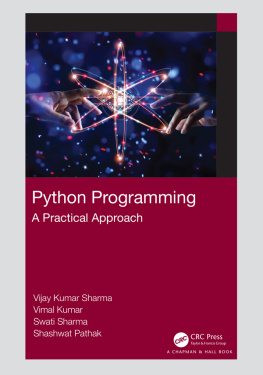
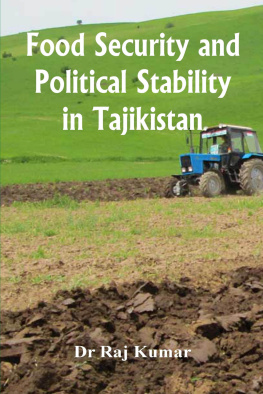
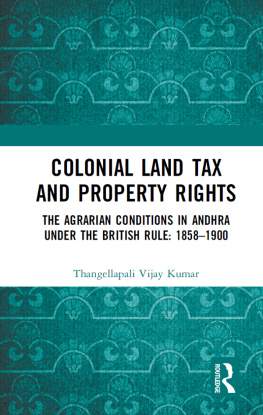
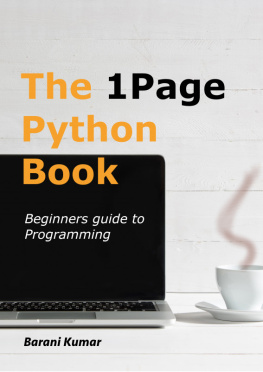

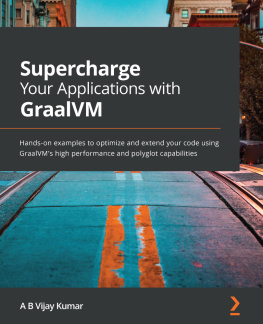
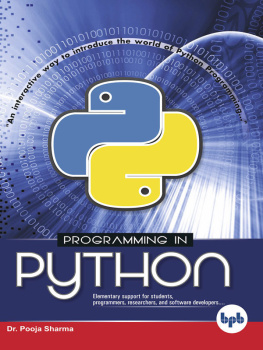

![Harish Kumar Garg [Harish Kumar Garg] - Hands-On Bitcoin Programming with Python](/uploads/posts/book/119676/thumbs/harish-kumar-garg-harish-kumar-garg-hands-on.jpg)
